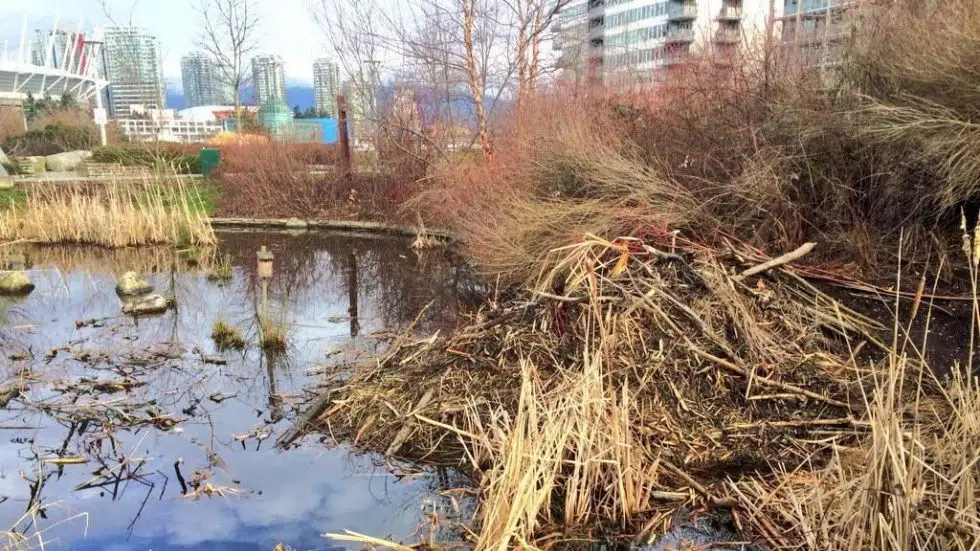
Beavers calling Vancouver home, numbers up across the country: biologist
VANCOUVER — A pair of buck-toothed homemakers is having more luck than most getting a toehold in Vancouver’s red-hot real-estate market after snagging an enviable piece of waterfront property.
A beaver couple has bid adieu to the bucolic marshes of British Columbia’s hinterland and taken up residence in the heart of the city’s bustling downtown.
The iconic Canadian duo built a lodge late last year along the city’s picturesque False Creek in a restored marshland abutting the city’s Olympic Village — a residential neighbourhood of gleaming metal and glass apartment complexes built for the 2010 Olympic Winter Games.
Now the pair may find themselves welcoming new neighbours across the city following a resolution passed by the Vancouver Park Board.


